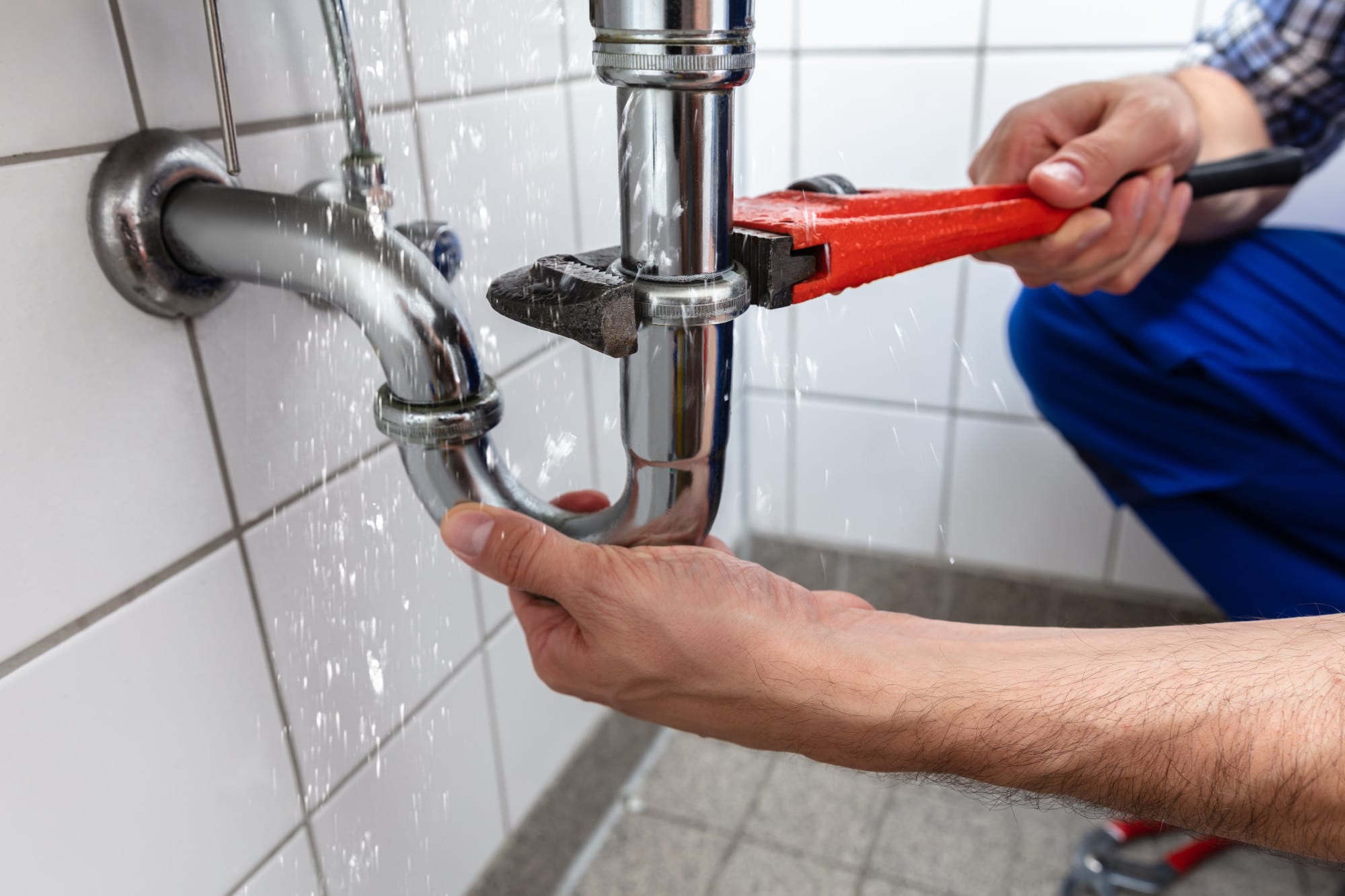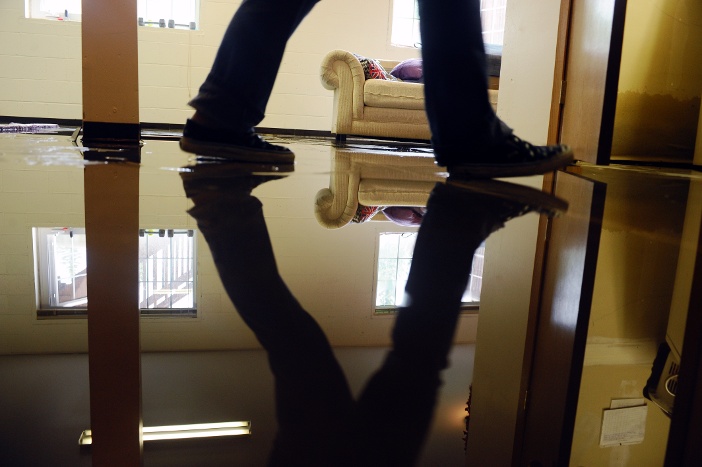Quick-Response Plumbing: Tips for Identifying and also Repairing Ruptured Pipes
Quick-Response Plumbing: Tips for Identifying and also Repairing Ruptured Pipes
Blog Article
How do you really feel on the subject of How to install a dishwasher safely?

A ruptured pipe is a significant emergency; you can just stand as you view water you pay dearly to rejoin with the planet. In worse cases, you see a pool on your kitchen flooring, which is an excellent trip hazard, specifically if you have kids around. If the pipe that ruptured was in your walls, trouble: you may need to paint that entire area.
Exactly how can a calamity like a ruptured pipe be prevented and also managed? Well, by paying attention to your expert emergency plumbings and also complying with these rules.
Just how do I know when my pipelines have burst?
Rising and fall water pressures
Pipes do not just burst in a day. You may have observed that your kitchen faucet or shower doesn't run promptly when you turn the tap. It may stop for a few secs and then blast you with even more force than normal.
In other circumstances, the water might seem regular initially, after that drop in stress after a few seconds.
Infected water
Lots of people think a burst pipeline is a one-way outlet. Rather the contrary. As water spurts of the hole or laceration in your plumbing system, impurities find their method.
Your water may be polluted from the resource, so if you can, check if your water storage tank has any kind of issues. Nonetheless, if your drinking water is supplied and also purified by the local government, you need to call your plumber instantly if you see or scent anything amusing in your water.
Puddles under pipes as well as sinks
When a pipeline bursts, the outflow creates a puddle. It might appear that the pool is expanding in size, as well as despite how many times you wipe the pool, in a few minutes, there's one more one waiting to be cleansed. Frequently, you may not have the ability to map the puddle to any type of noticeable pipelines. This is a sign to call a professional plumber.
Damp wall surfaces and also water stains
Before a pipeline ruptureds, it will certainly leak, many times. If this consistent dripping goes undetected, the leak may graduate into a large wound in your pipe. One easy method to prevent this emergency is to watch out for wet wall surfaces advertisement water discolorations. These water stains will lead you right to the leak.
Untraceable leaking noises
Pipeline ruptureds can take place in one of the most undesirable places, like within concrete, inside walls, or under sinks. When the house goes silent, you may have the ability to listen to an aggravatingly relentless trickling sound. Also after you've checked your shower head and kitchen tap, the dripping may continue.
Precious visitor, the leaking may be coming from a pipe inside your walls. There isn't much you can do regarding that, except tell a professional plumber.
Turn up the Heat
Set up fans to blow heat into cold rooms. Keep the garage door shut. If you have actually lowered water circulation, warmth one of the most at risk pipelines (normally in cellars as well as crawl spaces or near exterior walls) with a hair dryer. Leave the faucet on while you apply warmth. As you thaw ice, the circulation will certainly boost. To avoid pipes from freezing, insulate your wall surfaces.
Beginning Removing the Water
Order the mop, buckets and a shop vacuum cleaner to begin to do away with the water since you certainly don't desire it saturating right into whatever else in the house. And also, a fast clean up will certainly decrease the chances of something getting musty.
What do I do when I identify a burst pipe?
Your water meter will certainly remain to run also while your water wastes. To reduce your losses, find the major controls as well as turn the supply off. The water mains are an above-ground framework beside your home.
How to Fix & Detect a Leaking Pipe
How Do I Know if a Pipe is Leaking?
Leak detection tests can help you determine if your pipe has a leak. Even if you don’t see an apparent leak, you should still conduct leak detection tests regularly to save water and money—and prevent major damage to your home.
Water meter. It can be helpful to figure out what your usual water meter usage numbers are and then monitor them regularly. To monitor your meter, first, turn off all water faucets in your home. Check the meter and write down the numbers. In a few hours, check the meter again. If the numbers have changed, you have a leak. Water gauge. Use a water gauge to test your water pressure. Your showerhead should produce a certain amount of water pressure based on its model and design. If the pressure is lower than it is supposed to be for that specific showerhead, your home likely has a leak. Puddles. Look inside your bathroom, laundry, and kitchen sink cabinets. Puddles around the cabinets or around toilets, tubs, showers, and washing machines indicate the presence of a leaking pipe. You may also notice loose tiles, peeling or flaking paint, or mold caused by water accumulation. Napkin test. Even if you don’t see any puddles, you may still have a leak. You can test for water leaks in the bathroom, laundry, and kitchen by wiping below-sink connections with a napkin, paper towel, or piece of toilet paper. If it becomes damp, you probably have a leaking pipe under the sink. Discolored walls. Walls that are discolored—usually with brown or yellow stains—or bulging might mean that they have been impacted by water damage caused by a leaking pipe. Smell. A leaky pipe will create sitting water, and over time, that water may develop a musty smell. If your home smells musty, but you can’t locate the source, it may be due to a leak. Steps for Fixing a Leaking Pipe
A leaky drain can be remedied by tightening the pipe base, replacing the drain seal, caulking the rim, and tightening the pipe nut. Similarly, a leaking toilet pipe can be treated by tightening the packing nut. You may also need to replace the valve. A leaky faucet may just need tightening or replacement of the washers. If that doesn’t work, consider replacing your faucet. If your pipe has a hole in it, you may want to use a pipe leak sealer or pipe leak tape. This quick fix for water pipe leaks can also temporarily fix a copper pipe leak. https://www.ahs.com/home-matters/quick-tips/how-to-tell-if-pipes-are-leaking/

I discovered that blog post on How to install a dishwasher safely while doing a search on the web. Are you aware of somebody who is occupied with the niche? Be sure share it. Thank-you for going through it.
Detail
Report this page